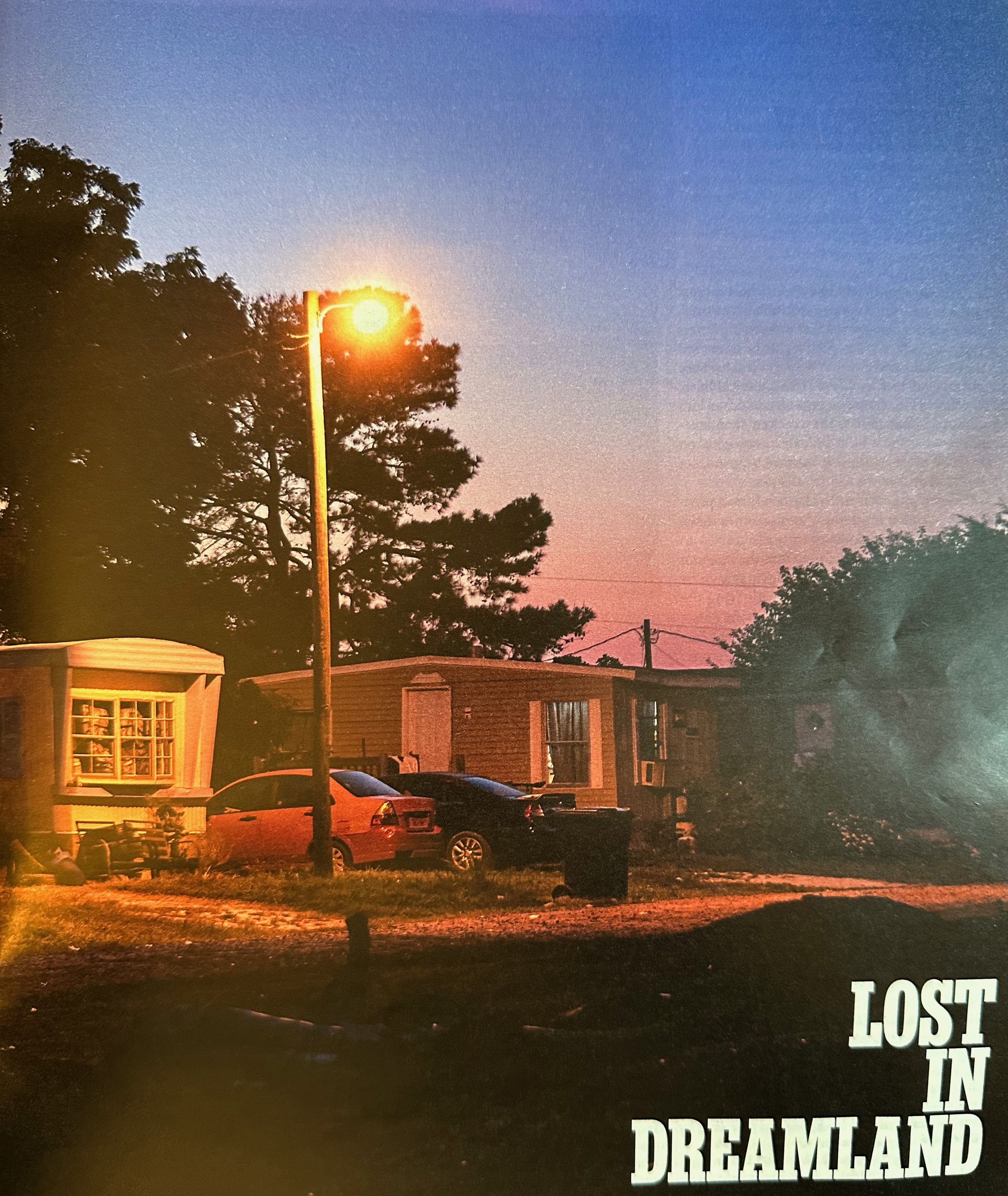Mad world was a song written in 1982 by Tears for Fears and covered years later by Gary Jules for Donnie Darko. The lyrics go something like this:
All around me are familiar faces, worn out places, worn out faces
Bright and early for their daily races, going nowhere, going nowhere
And their tears are filling up their glasses, no expression, no expression
Hide my head, I want to drown my sorrow, no tomorrow, no tomorrow
And I find it kind of funny, I find it kinda sad
The dreams in which I’m dying are the best I’ve ever hard
I find it hard to tell you, cause I find it hard to take
When people run in circles, it’s a very very mad world
Indeed, it is a very very mad world. What a time. What. A. Time. So much darkness. So much upheaval. So much unraveling. I wrote a couple of months ago that I had no strategy on how to move forward. It seems no one does. As Captain Willard (Sheen) said to Colonel Kurtz (Brando) in Apocalypse Now, “I don’t see any method at all, sir.”
The chaotic decisions being made in rapid-fire real-time will have massive ramifications on our ability to mitigate and adapt to climate change and ensure food security. Disengaging and slashing the essential connectedness of the global food system by instituting tariffs, altering trade, and halting food assistance (and many essential medicines and care in low and middle-income countries), as well as divesting from climate change commitments will upend and rewrite world order and multi-lateral cooperation, putting the world on a perilous path. The U.S. is setting the stage for other countries to step in and up. Let’s hope whoever does leads with good intentions and puts the world in its right place. Let us hope. We have to hope.
The figure below from the Washington Post (I know, I know…old habits die hard) shows that $5 billion of U.S. foreign assistance is dedicated to emergency food assistance. One-third of the foreign aid budget goes to food assistance and global health. We also know (thanks to tracking by the Global Nutrition Report) that roughly half of the nutrition Official Development Assistance comes from the U.S. Halting this essential aid is devastating and tragic, particularly in the context of climate change. It isn’t just about emergencies; it is about the long arch of international development that has been slowly but surely working to end undernutrition, hunger, and infectious disease burden. It is about building farmer capacity, empowering women, and helping people adapt to climate change. It is about staving off emergencies with a long view of making the world safer, healthier, and more peaceful in the long term. It is incredible how so much decadal dedication and steadfast commitment can be dismantled in just one week in such an unstrategic way with no long view of the implications of such a decision.
Aren’t we being our best selves when we have our hands on each other’s backs, supporting our fellow global citizens through difficult periods? I guess the U.S. disagrees, and we will be left isolated, moving backward, without anyone to help us when we find ourselves alone and facing difficult times. These difficult times are not an “if” but “when.” I didn’t realize just how soon that “when” could actually be…
I will go out on a limb and a whim and insist that it isn’t a mad world after all. There is only one mad hatter tending to this goat rodeo. Yes, his methods, if you could call them that, are unsound. And that is truly unfortunate for everyone who shares this big and beautiful planet.









